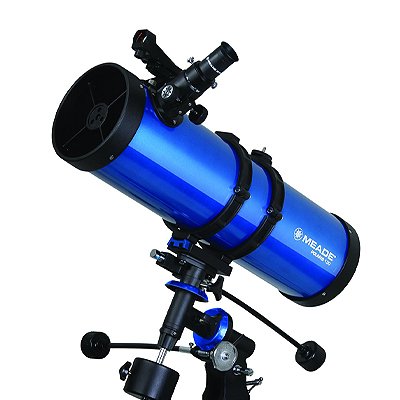


Scope Calculator v1.0 Telescope aperture = For example, a 1st-magnitude star is 100 times brighter than a 6th-magnitude star. The higher the magnitude, the fainter the star. Approximate Limiting Magnitude of Telescope: A number denoting the faintest star you can expect to see.This tells you the closest double star you can expect to separate. Theoretical Resolving Power: The angular size of the smallest detail you can see at high magnification.(That's because, for an average adult, the pupil of the dark-adapted human eye is only 7 mm wide.) So in that case you should switch to a higher magnification. If the exit pupil is larger than 7mm, it means your eye probably won't see all the light coming from the eyepiece. Exit Pupil: The size of the circle of light that hits your eye when you look through the eyepiece.Generally, the lower the magnification, the wider the field of view. True Field of View: The circle of sky that you see when you look through a telescope or binoculars.As a rule of thumb, a telescope’s maximum useful magnification is 50 times its aperture in inches (or twice its aperture in millimeters). It’s equal to the telescope’s focal length divided by the eyepiece’s focal length. Magnification (power): The amount that a telescope enlarges its subject.Some telescopes use extra lenses and/or mirrors to create a long effective focal length in a short tube. In most telescopes the focal length is roughly equal to the length of the tube. Focal Length: The distance (usually expressed in millimeters) from a mirror or lens to the image that it forms.Focal Reducer: A device that shrinks the effective focal length of the telescope.Barlow Lens: A lens that's placed into the focusing tube to effectively increase a telescope's focal length and, in turn, the magnification of any eyepiece used with it.For specialty oculars, check the barrel of the eyepiece first. Eyepiece Apparent Field: For most eyepieces (Kellners, Orthoscopics, or Plössls), this value is about 50 degrees.A telescope’s magnification can be changed by using eyepieces with different focal lengths shorter focal lengths yield higher magnifications. Eyepiece Focal Length: Eyepiece focal lengths are nearly always printed on the eyepiece itself and are labeled in millimeters.For instance, a telescope with an 80-mm-wide lens and a 400-mm focal length has a focal ratio of f/5. Scope Focal Ratio (f/number): A lens or mirror’s focal length divided by its aperture.Scope Aperture: The diameter of a telescope’s main lens or mirror - and the scope’s most important attribute.

Failing that, you can always visit the website of your telescope or eyepiece manufacturer. Most of these numbers can be found on your eyepiece barrel, on your telescope's tube or mount, or in the equipment's instruction manual. GSO uses high-volume, state-of-the-art, high quality manufacturing and test lines.To use this calculator properly, you'll need to know a few basic details about your telescope and eyepieces. GSO's elliptical flat mirrors have the same high quality as their parabolic primary mirrors. The aluminum coating is protected by a silicon oxide (SiO2) over-coating. All mirrors have a reflective aluminum coating with a reflectivity of 92-93%. Ranging in aperture from 6” to 16” and offered in various f-ratios, these mirrors are made from optical grade BK-7 glass. GSO's parabolic primary mirrors are perfect for those who want to build their own telescopes or replace mirrors in older ones. We are now pleased to offer virtually the entire line of GSO's Newtonian optics in the US market. Users of these scopes know the excellent quality of the optics included, and they have a well-deserved reputation for being the finest mirrors in their price range. Sky-Watcher GoTo Dobsonian and EQ Mount Saleįor years, GSO has made dobsonian telescopes sold under various labels.Color Correction & Minus Violet Filters.Correctors, Focal Reducers & Flatteners.


 0 kommentar(er)
0 kommentar(er)
